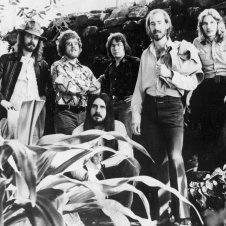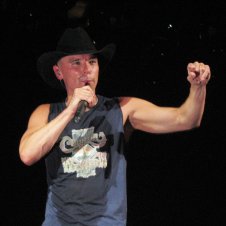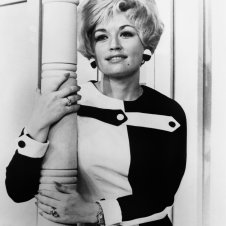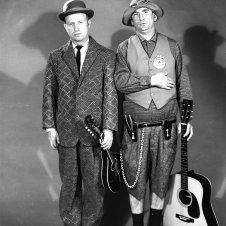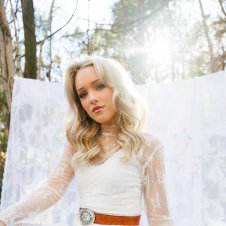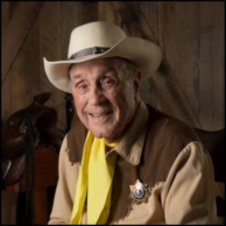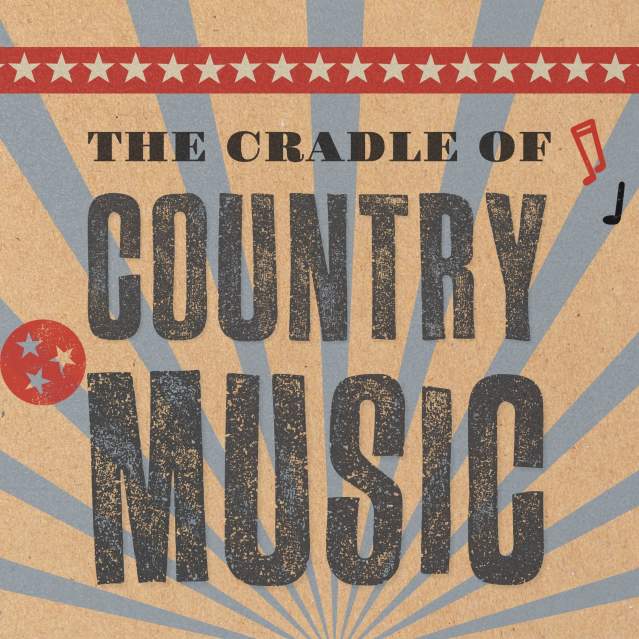THE CRADLE OF COUNTRY MUSIC PARK
Established in 1986, the Cradle of Country Music Park was formed as a place to recognize and celebrate the musical heritage of Knoxville and Eastern Tennessee. It was reimagined in 2024 as an expanded green space featuring an iconic sculpture entitled Pier 865 by Marc Fornes / TheVeryMany.
Knoxville has an especially rich connection to music, having influenced the development of jazz, blues, rock and roll, and most importantly, country music. From its early emergence in the 1920s, Knoxville’s community spaces (streets, neighborhoods, parks, churches, barber shops, theaters, and recording studios) provided ideal environments for nurturing the growth of country music. They provided talented people from diverse backgrounds – such as Howard Armstrong, one of the earliest Black musicians to record country music – with accessible and connected places for music-making. These spaces allowed disparate traditions to be shared and forged into a beloved and ever-evolving art form that today enjoys worldwide success and appeal.
Knoxville has been home to countless country musicians, singers, and songwriters dedicated to pushing the music genre forward. The list below contains biographies of forty-seven important musicians to the celebration of Knoxville as the Cradle of Country Music. Ted Olson compiled this list in consultation with Jack Neely, Wayne Bledsoe, and James “Sparky” Rucker.
Please Note: While we recognize the following individual’s importance to country music, their inclusion in this list does not imply our support or condonement of their personal behavior.
-

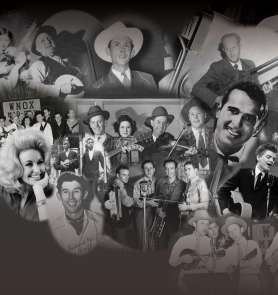
The Cradle of Country Music Walking Tour
The Cradle of Country Music Walking Tour
This free, downtown self-guided walking tour explains Knoxville’s ties to Hank Williams, Elvis Presley, Howard Armstrong, Dolly Parton, the Everly Brothers, Roy Acuff, and others.
This free, downtown self-guided walking tour explains Knoxville’s ties to Hank Williams, Elvis...
More Details

